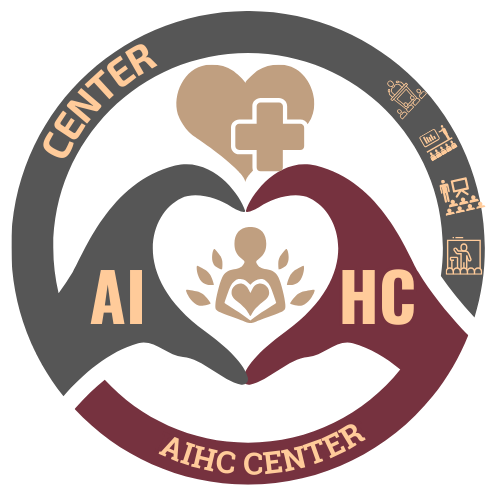Radiologists can engage with Artificial Intelligence (AI) in various capacities within their field. These pathways not only enhance the delivery of healthcare but also broaden the scope of radiology as a discipline. Here’s an outline of several pathways :
I. Clinical Implementation of AI
- Utilization of AI Algorithms: Radiologists can implement and utilize AI algorithms to improve diagnostic accuracy, speed, and efficiency. This includes using AI for image recognition, segmentation, and analysis which can help in early detection and characterization of diseases.
- Customization of AI Tools: They can also work on customizing existing AI tools to better suit the needs of their institution or to address specific clinical problems.
II. Development of AI algorithms
- Collaboration with Engineers and Data Scientists: Radiologists can collaborate with engineers and data scientists to develop new AI algorithms. Their medical expertise is crucial in guiding algorithm development to ensure clinical relevance and accuracy.
- Validation and Testing: They can be involved in the validation and testing of newly developed algorithms to ensure they meet the necessary regulatory and clinical standards.

III. Research and Innovation
- Clinical Research: Conduct clinical research to evaluate the impact of AI on patient outcomes, workflow efficiency, and healthcare costs. This could also involve comparing AI algorithms against human performance.
- AI Technique Advancements: Research to advance AI techniques in radiology, such as developing new neural network architectures or improving existing algorithms.
IV. Education and Training
- Teaching: Radiologists can engage in teaching and training the next generation of radiologists and other healthcare professionals on the use of AI in medical imaging.
- Continuous Learning: They can also engage in continuous learning and professional development to stay updated with the rapidly evolving field of AI in radiology.
V. Policy and Regulation
- Standards Development: Participate in the development of standards and best practices for the use of AI in radiology.
- Regulatory Compliance: Ensuring compliance with regulatory requirements and working with regulatory bodies to facilitate the safe and effective implementation of AI in clinical practice.
VI. Entrepreneurship
- Start-ups: Radiologists with an entrepreneurial spirit can start or join AI-based radiology start-ups.
- Consultancy: Offer consultancy services to healthcare institutions, tech companies, or start-ups working on AI in radiology.
VII. Community Engagement and Advocacy
- Public Awareness: Engage with the community to increase awareness and understanding of AI in radiology.
- Advocacy: Advocate for the responsible use of AI in healthcare, and contribute to policy discussions and public discourse.



